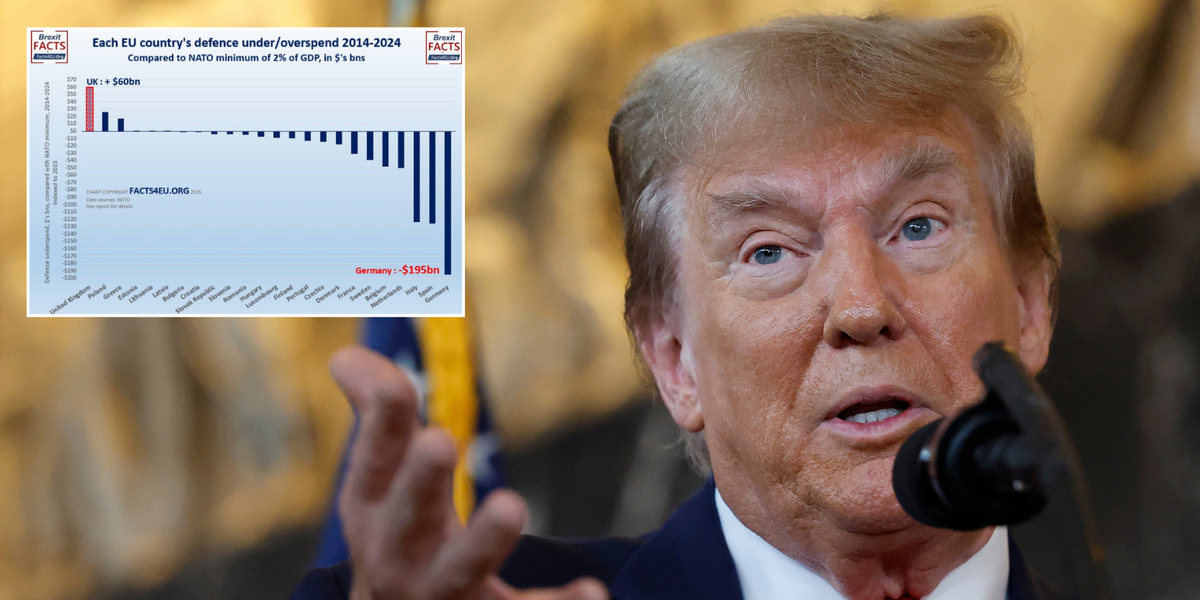It’s long been considered the final “red flag” for Beijing’s intentions to invade Taiwan.
Now, satellite photos have revealed the construction of a new fleet of D-Day-style landing barges needed to surge troops and tanks over a beach.
Naval analyst H I Sutton has published a report in Naval News highlighting the appearance of between three and five new “special and unusual” barges at Guangzhou Shipyard in southern China.
Such barges should not be “special” or “unusual”.
In fact, they are a relatively ordinary sight at riverside and coastal construction projects.
But these particular barges at the Chinese dual-use civilian-military construction facility don’t fit that profile.
“The barges are reminiscent of the Mulberry Harbours built for the allied invasion of Normandy during World War II,” Sutton observes.
“Like those, these have been built extremely quickly and to novel designs.”
The Chinese Communist Party (CCP) in Beijing has, for the past decade, been steadily ramping up tensions against the 23 million-strong island democracy sitting just off its shores.
China is building at least five new special purpose barges which appear tailor made for amphibious assault. The barges may provide the PRC with a unique way to offload large numbers of tanks directly onto Taiwanese roads 🇨🇳 🇹🇼
By @CovertShores https://t.co/Je3K6BT3jG
Taiwan became the last bastion of the autocratic Republic of China’s government and military after Chairman Mao Zedong’s Communist revolutionary forces seized control of the mainland in 1949. The island has since transitioned to a democracy, but the CCP insists it is part of its territory.
“With the sacred mission of defending national sovereignty and territorial integrity on its shoulders, the Chinese PLA (People’s Liberation Army) will resolutely smash any ‘Taiwan independence’ separatist attempts and thwart any foreign interference,” Chinese Defence spokesperson senior colonel Wu Qian said late last year.
Chairman Xi Jinping has made it a central platform of his unprecedented three-term administration to enforce “the historical trend of China’s reunification” – whether Taiwan wants it or not.
“Beijing is now contemplating one of history’s most ambitious amphibious operations, including the largest-ever civilian ship mobilization – greatly exceeding the Dunkirk evacuation in ship numbers and the Falklands War in tonnage,” warns US Naval War College professor Andrew Erickson.
But invading the rugged island is no simple task.
Only a few beaches are firm and clear enough to carry an invasion force. And these are already heavily defended.
That’s where the new barges come in: They are essentially self-deploying jetties.
“These have unusually long road bridges extending from their bows,” Sutton notes.
“This configuration makes them particularly relevant to any future landing of PRC (People’s Republic of China) forces on Taiwanese islands.”
Mulling harbors on stilts
The Naval News report analysis of satellite photos indicates the new barges carry a 120m long bridge, braced by a tower and high-tension cables.
At the other end of the barge is a loading platform that can allow other ships or landing craft to dock. And several of the barges appear to have pylons that “jack up” the vessel from the sea floor to turn it into a stable harbour platform even in rough seas and strong winds.
“In operation, the barge would act as a pier to allow the unloading of trucks and tanks from cargo ships,” Sutton explains.
“This allows China to pick new landing sites and complicate attempts to organise defences. Instead of relying on Taiwanese ports, China can now sail its own mobile port across the straits.”
What makes these new barges so important is the ruggedness of Taiwan’s coast. Those few beaches that do exist have long been filled with steel spikes and tank-traps, and can be mined with explosives as tensions escalate.
The extreme reach of the barges’ bridges means Chinese forces can cross to the shore at sites previously regarded as unsuitable for invasion forces.
Other strategists agree.
“If you wanted to be ready to have the option to invade Taiwan in 2027 per Xi’s direction, this is the sort of thing that you’d do,” says naval analyst Tom Shugart.
China’s military has dedicated military helicopter assault ships and dock-ships able to put the initial invasion force ashore while under fire. But not enough to deploy follow-up reinforcements.
“Unfortunately, it’s very much a part of PLA doctrine to ensure that those fires are all neutralised before they even embark on the invasion force, so I wouldn’t be sanguine about the vulnerability of the barges themselves,” Shugart adds.
And China already has a reserve fleet of troop and tank carriers. Shugart has previously highlighted that most new Chinese large “roll-on roll-off” car ferries are being built to military specifications.
That means their parking bays must be large enough and strong enough to accommodate large numbers of armoured vehicles. And their loading ramps must be opened while at sea to transfer vehicles to and from specialist beach landing craft – or a barge bridgehead.
Several of these nominally commercial ferries have since been seen on satellite photos and Chinese media engaging in regular beach invasion exercises with dedicated combat vehicles and ships.
“It is possible that these ships can be explained away as having a civilian role,” Sutton concedes.
“But the construction of so many, much larger than similar civilian vessels seen before, makes this implausible.”
Taiwan’s new Overlord
A new Pentagon annual report titled Military and Security Developments Involving the People’s Republic of China (PRC) 2024 concludes Beijing is unready to invade Taiwan by Chairman Xi’s suspected 2027 deadline.
But it warns China “continued to erode longstanding norms in and around Taiwan by employing a range of pressure tactics against Taiwan”.
And it was preparing a “contingency to unify Taiwan” by force if it continued to resist Communist Party control.
The report states any attempted amphibious invasion would be “one of the most complicated and difficult military operations for the PLA”.
But it adds that its expanding combined arms, marine and naval forces have been practising “realistic, large-scale amphibious operations that are almost certainly aimed at supporting a Taiwan invasion scenario” with increasing intensity.
Professor Erickson, while summarizing a recent China Maritime Studies Institute conference report, also notes the increasing size and temp of Beijing’s beachhead practice operations.
“China is increasingly exercising cross-strait capabilities at an ever-larger scale – as seen in the ongoing military drills,” he writes.
“This represents an enormous dedication of resources, which suggests just how seriously PRC leadership views the issue. Joint exercises are growing larger and more complex every year.”
But Erikson adds that China has not yet built, “let alone integrated operationally and trained with” the many smaller vessels needed to carry an invasion force across the Taiwan Strait.
“The ‘moated’ Taiwan Strait, tides, currents, weather, mudflats, and coastal terrain and infrastructure make an amphibious invasion especially challenging,” he adds.
“Meanwhile, the PLA Navy Marine Corps (PLANMC) is not optimising itself for an amphibious invasion of Taiwan, but rather for a range of operations that might address China’s interests in the South China Sea, across the region, and even around the world.”
Commenting on the Pentagon report, Assistant Secretary for Indo-Pacific Security Affairs Ely Rattner stated that a “short, sharp invasion” of Taiwan by 2027 “is not possible right now”.
“Despite its rapid progress, the force has not yet demonstrated the type and scale of sophisticated urban warfare or long-distance logistic capabilities that would likely be required for operations against Taiwan or major contingencies overseas,” the Pentagon report adds.

 By New York Post (World News) | Created at 2025-01-14 21:25:06 | Updated at 2025-01-18 08:09:41
3 days ago
By New York Post (World News) | Created at 2025-01-14 21:25:06 | Updated at 2025-01-18 08:09:41
3 days ago








